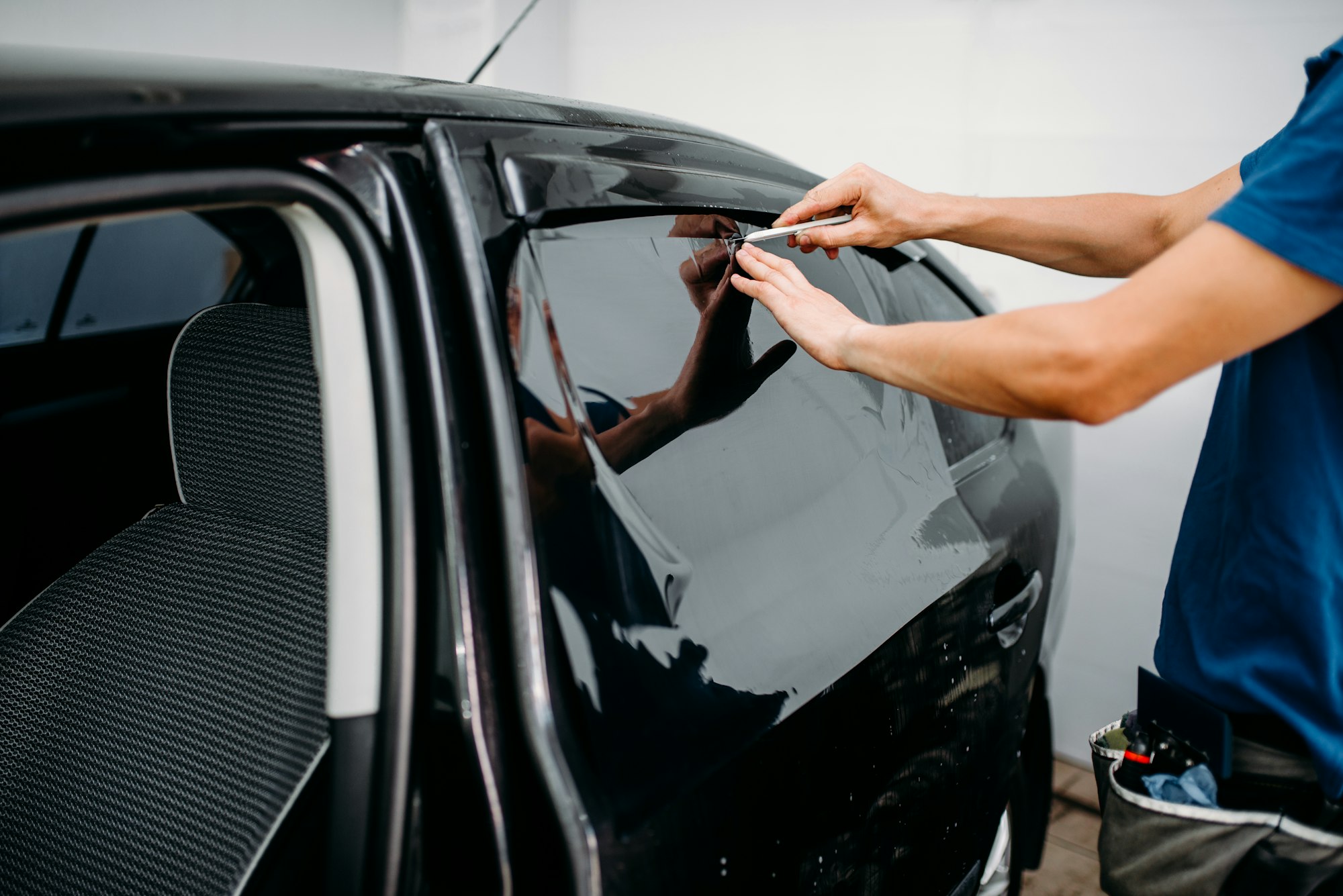Now Reading: How Window Tint Laws Can Impact Your Business
-
01
How Window Tint Laws Can Impact Your Business

How Window Tint Laws Can Impact Your Business
Business owners today are accustomed to the need to comply with various rules and regulations on matters ranging from food and safety standards to privacy and data protection laws. The penalties for falling foul of these legal requirements can result not only in financial losses but also damage to their business’ reputation and disruption to its operations. To avoid these liabilities, businesses must stay informed of all areas where compliance is necessary.
One area where many business owners may lack awareness is window tint laws. Window tints are often installed to provide privacy in vehicles, reducing the risk of theft and protecting drivers from excessive heat or harmful UV rays. However, failure to comply with these laws can lead to fines and penalties for businesses. To ensure compliance in this area, this article has outlined various legal considerations businesses must take into account when opting to install window tinting in their vehicles.
Visible Light Transmission (VLT)
VLT is the measurement used for determining the amount of visible light that passes through a window and is expressed as a percentage. For example, a 10% VLT indicates that only 10% of visible light is able to pass through a window.
Each state determines the maximum levels of tint that are permissible and these may vary based on the position or placement of the window, as well as the type of vehicle used. Some states may apply stricter rules than others, particularly with regard to the front side windows which typically require a high VLT to ensure driver visibility.
Reflectivity
Window tint laws also impose limits on the amount of light that can be reflected off a window. This is to avoid excessive glare, which can pose dangers for other road users. Reflectivity limits are set by each state, making it essential for businesses that operate within multiple areas to understand and comply with the specific regulations in each location. For example, Alabama tint law stipulates that reflectivity levels on the front and back side windows of SUVs and vans must not exceed 20% to ensure the tint does not become a hazard or distraction to other drivers.
Medical Exemptions
Many states recognize the need for darker tints to be permitted where health reasons, such as photosensitivity, require this. As a result, a medical exemption may apply which permits the use of darker tints, allowing greater protection against sunlight and harmful UV rays.
The granting of a medical exemption is dependent on the provision of the necessary documentation and is subject to approval by the relevant authorities. In cases where this exemption has been granted, it is advisable for drivers to carry their exemption documents in their vehicles at all times.
Enforcement
Before installing window tints into vehicles, businesses should check the relevant window tint laws in their state or areas of operation to ensure they remain compliant. These laws are actively monitored and enforced by law enforcement agencies and violations can result in fines and penalties. In many cases, vehicle owners will be required to remove window tinting from their vehicles altogether.
To avoid non-compliance with relevant laws, business owners should inform themselves of the window tint laws in their location and consult with a window tinting professional, where necessary.









